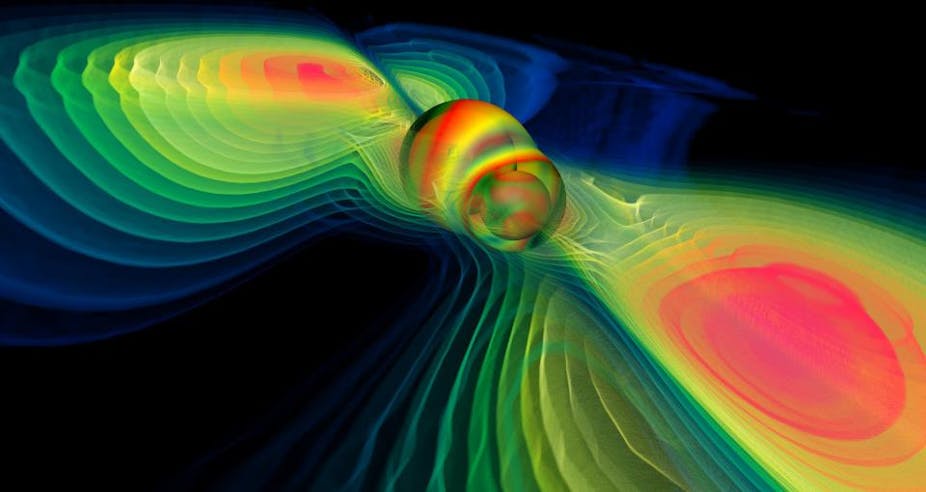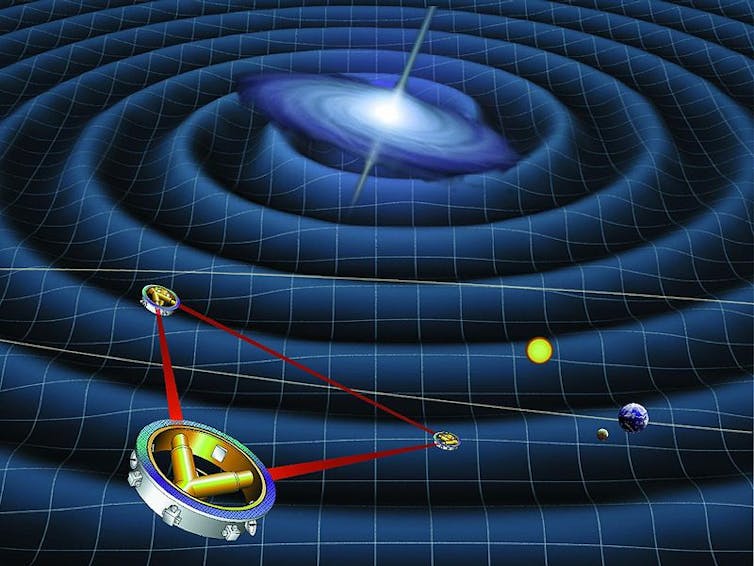December 21 was the winter solstice in the Northern Hemisphere - the shortest day in the year. The solstices occur on most planets because they do not spin upright, or perpendicular to their orbits.
The Earth, for example, slouches 23.5 degrees on a tilted axis (inclination). This leaves the planet’s North Pole pointed toward the North Star over relatively long periods of time, even as Earth makes its year long migration around the sun. That means the Northern Hemisphere will spend half the year tilted slightly toward the sun, bathing in direct sunlight during summer’s long, blissful days, and half the year cooling off as it leans slightly away from the sun during winter’s short, frigid days. December 21 marks the day when the North Pole is most tilted away from the sun.
But every planet slouches at different angles.
The axial tilt of Venus, for example, is so extreme — 177 degrees — that the planet is essentially flipped upside down with its South Pole pointing up. Perhaps counter-intuitively, that means that there’s very little tilt to its upside-down spin and its hemispheres will never dramatically point toward or away from the sun. As such, the sun’s dance across the sky will remain relatively stable — shifting by a mere six degrees over the course of a Venusian year.
 |
| The axial tilt of Venus is so extreme that the planet is essentially flipped upside down with its South Pole pointing up |
Had we evolved on Venus, it’s likely that we would not have noticed solstices or seasons at all.
The same can’t be said for Uranus!
An axial tilt of 98 degrees causes the ice giant to spin on its side. So, whereas one of Earth’s poles leans slightly toward the sun at solstice, one of Uranus’s poles points almost directly toward the sun at solstice — as though poised to make a perfect bulls eye. That means that one hemisphere will bask under the sun both day and night, while the other will experience a frigid and dark winter and not catch a glimpse of the sun for that entire season.
 |
| Two images of the same view of Uranus made by NASA’s Voyager 2 in 1986. The false-color image on the right shows how Uranus’s pole points towards the sun, its axis tilting at 98 degrees |
Such a tilt on Earth would mean that the Arctic Circle didn’t begin 66 degrees north of the Equator, but at the Equator itself. All of North America, Europe, Asia and half of Africa would spend winters in permanent darkness and summers under constant sunlight. And on Uranus, which takes 84 Earth years to orbit the sun, these seasons last for decades.
But the king of extreme seasons is Pluto.
When NASA’s New Horizons spacecraft arrived at the dwarf planet in 2015, scientists discovered a unique world overflowing with surface features that look like networks of drainage channels and even a frozen lake. But given Pluto’s low atmospheric pressure and chilly surface temperature, liquids cannot flow across the surface — at least not today.
Scientists now have an explanation: seasons in Pluto’s past pushed atmospheric pressure high enough to allow liquids of methane and nitrogen to flow and pool on the surface.
A changing axial tilt is the biggest driver of wildly varying seasons on Pluto. Over the course of 4 million years, Pluto’s inclination shifts back and forth between 102 and 126 degrees, causing its equivalent of an Arctic Circle to grow and shrink. That occasionally creates seasons where the atmospheric pressure is high enough that liquid methane and nitrogen can flow.
Although, astronomers remain uncertain how a planet’s seasons might affect its likelihood to host life, it is believed that such dramatic swings — like those on Pluto — are likely a hindrance because they can make a planet unfit to live on for long stretches of time. Life needs a continuously habitable zone to thrive. Similarly, astronomers have long suspected that life would likely not survive on Earth should it have an axial tilt more akin to Uranus.
So, as the sun reaches its farthest point in the sky on December 21, be grateful. Never will the sun dip so far below the horizon that it plunges half of the globe into a months long night and the other half into an equally long summer. Nor does Earth’s tilt change drastically over millions of years, thanks to the influence of the moon. Instead, the sun appears to trot back and forth between the extremes, like the pendulum of a great clock, keeping the planet cozy while steadily counting off its years.
Source - The New York Times
Source - The New York Times
























